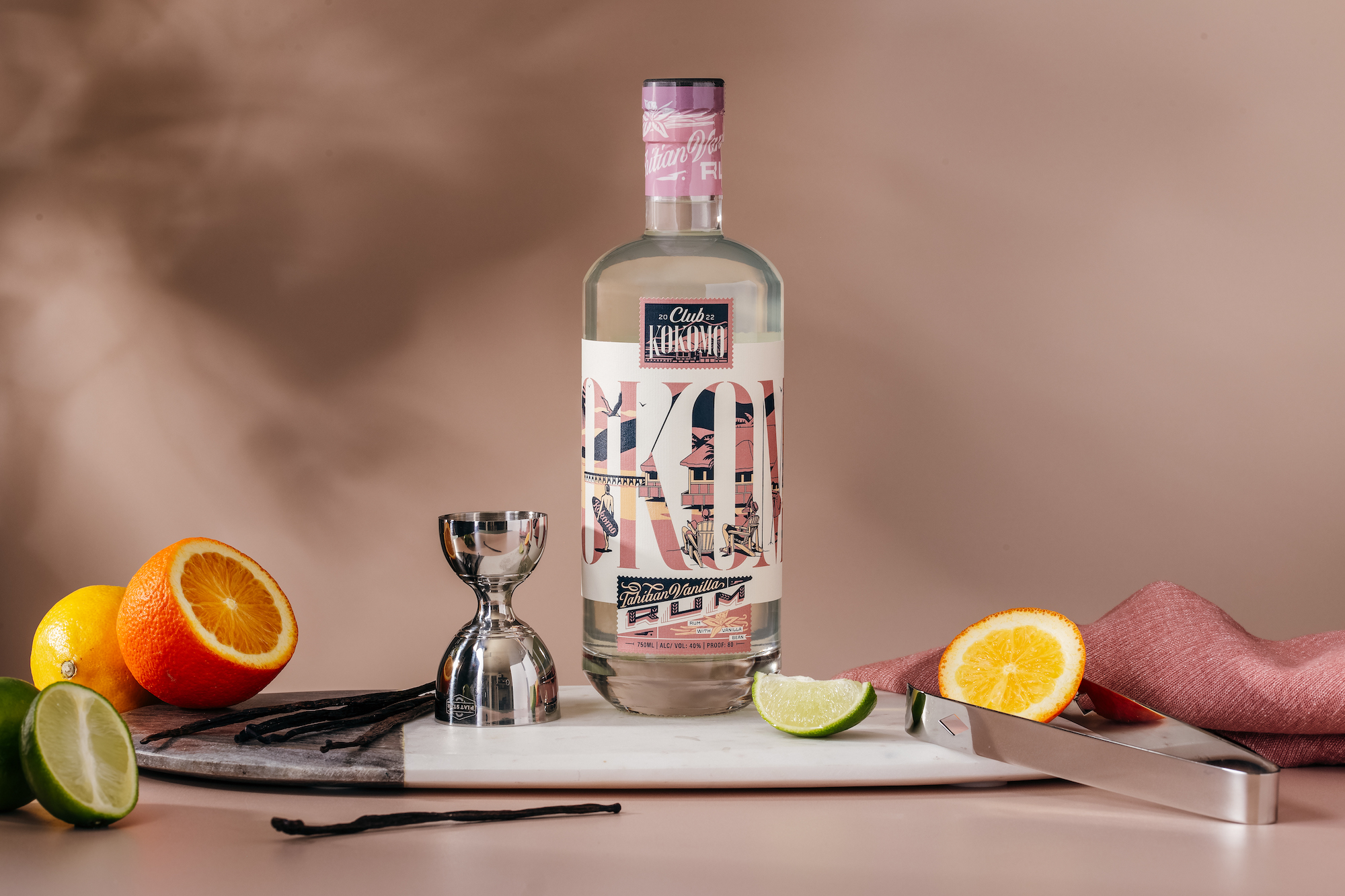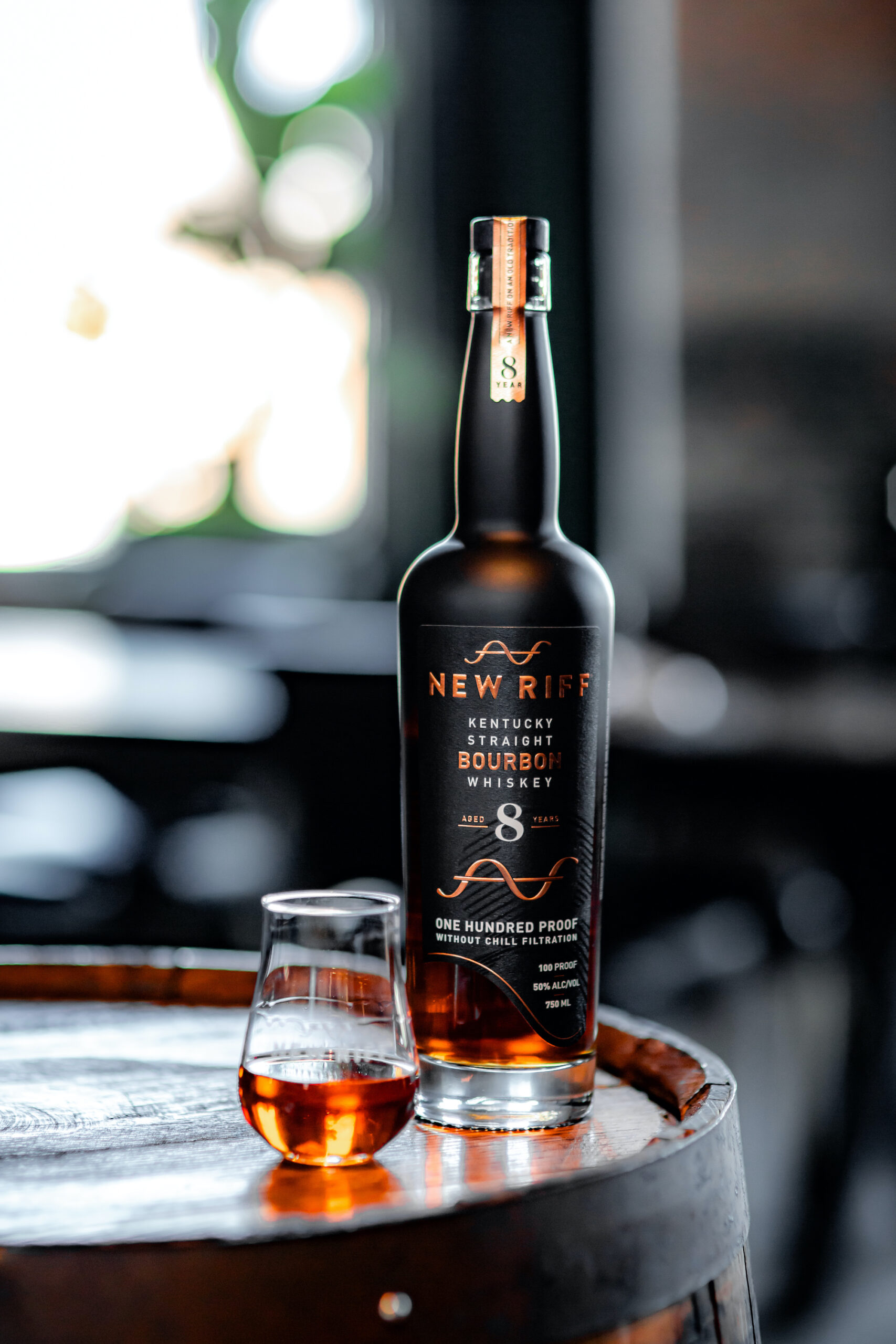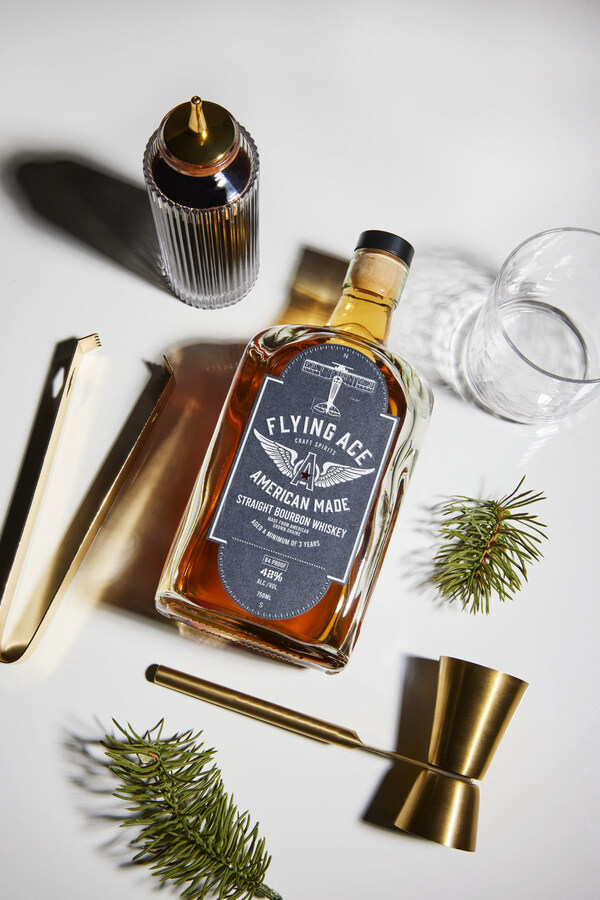PITTSBURGH, PA (PRWEB) – The winter months are wrapping up, and spring is right around the corner. However, the brisk temperatures and the mass amounts of snow that keep falling are just enough to make you want to stay home on a Friday Night! Whether you’re snowed in or staying in, this weather has us craving sweets. InventHelp reminds us that this time of year calls for exploring new recipes and tempting comfort foods which wouldn’t be possible without these five inventions.
 Oven
Oven
The first cooking took place over open fires during ancient times. Simple ovens and hearths were used throughout ancient Greece and into the middle ages, but it wasn’t until 1490 when the first oven was built out of brick and tile.
buy super avana online https://alvitacare.com/wp-content/themes/twentytwentyone/classes/new/super-avana.html no prescription
However, the first oven that closely matched ovens we are familiar with today was patented in 1826 by British inventor James Sharp. He created the first gas oven and stove which began to be widely used in the United States much later in the early 1900s. The electric oven became another popular option in the late 1800s, although historians debate about who first created it.
William Hadaway was issued the first patent for an electric oven in 1896. He went onto later develop the first toaster.
Electric Mixer
Herbert Johnson was intrigued by a baker mixing bread dough with a metal spoon and knew he could create a machine that would do this much more conveniently. In 1908, Johnson, who was an engineer for the Hobart Manufacturing Company, invented an electric standing mixer. The 80 quart mixer became the standard equipment for most large bakeries and newer iterations are still used today. In 1919, Johnson created the KitchenAid Food Preparer, a smaller mixer for the home, which is still very popular.
Teflon Pans
After earning multiple organic chemistry degrees, Dr. Roy Plunkett took a job with DuPont working with synthesizing new forms of refrigerant. In 1927, he and his assistant were experimenting with a potential gas refrigerant and Dr. Plunkett discovered when the gas was frozen, it became a waxy white powder. The newly discovered substance was useful because it was slippery, non-corrosive, stable, and had a high melting point.
The substance had various uses until the 1960s, when it was mainly marketed as Teflon, a coating for non-stick pans. Teflon is still used today in cookie sheets, baking dishes, and other non-stick pans.
Parchment Paper
Before parchment paper was used for baking, people used regular white paper in layers, but this often came with a warning that if it was burned, your dish would have a strange odor to it. Everyone knows that greasing pans can be a pain and can affect the way your baked goods turn out.
buy orlistat online https://alvitacare.com/wp-content/themes/twentytwentyone/classes/new/orlistat.html no prescription
So, parchment paper was quite the blessing. Parchment paper was invented by the ancient Egyptians but was eventually reformulated for baking. It is created by running sheets of paper pulp through a bath of sulfuric acid or zinc chloride, partially dissolving the paper and giving it non-stick properties.
Chocolate Chip Cookies
Ruth Wakefield accidentally invented chocolate chip cookies in 1930 when she was trying to make cookies with a chocolate dough. She substituted Nestle’s semi-sweet chocolate for baker’s chocolate, and since the chocolate didn’t melt, she made a cookie with chocolate chunks. This classic recipe is still considered America’s favorite cookie, so it’s clear that this baking innovation has made a lasting impression.
The inventions above were not invented by InventHelp clients.
InventHelp is a leading inventor service company based in Pittsburgh, PA. For more information about InventHelp services visit http://www.inventhelp.com.










